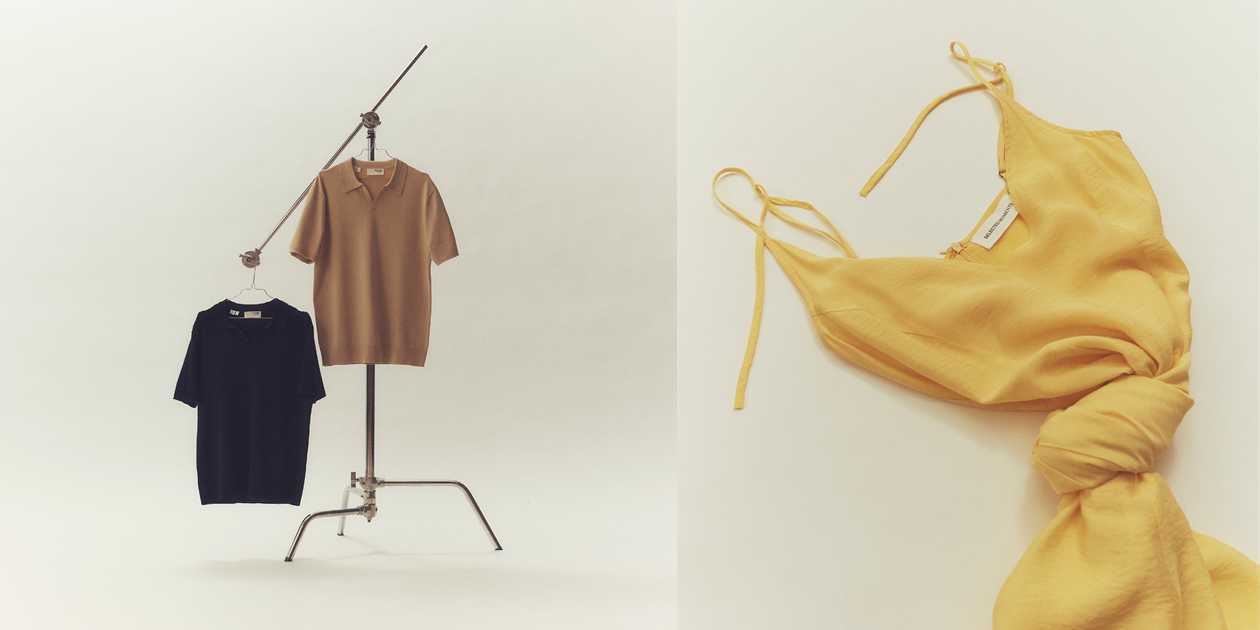
BESTSELLER X OnceMore®
Our collaboration with BESTSELLER began in 2022 when JACK&JONES became the first brand to create clothing based on OnceMore®. Since then, three additional brands from the BESTSELLER family have joined: VILA, OBJECT, and SELECTED.
About BESTSELLER
BESTSELLER is an international, family-owned fashion company with a strong foundation. We strive to bring people, fashion and technology together to achieve positive results for everyone.
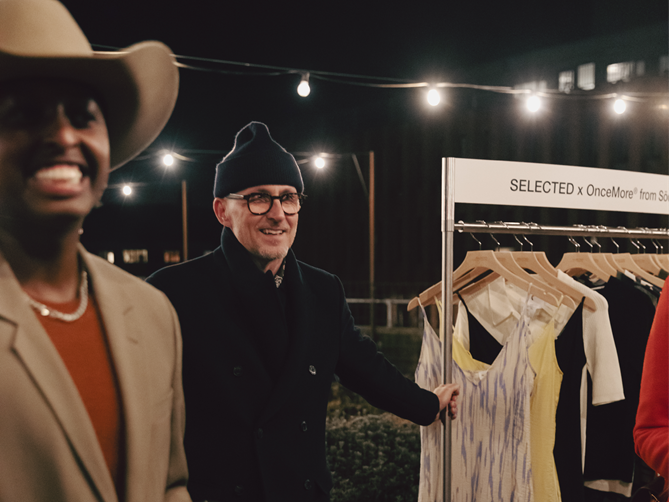
During Copenhagen Fashion Week AW25, we were fortunate to co-host a dinner to celebrate our upcoming collection together with SELECTED.
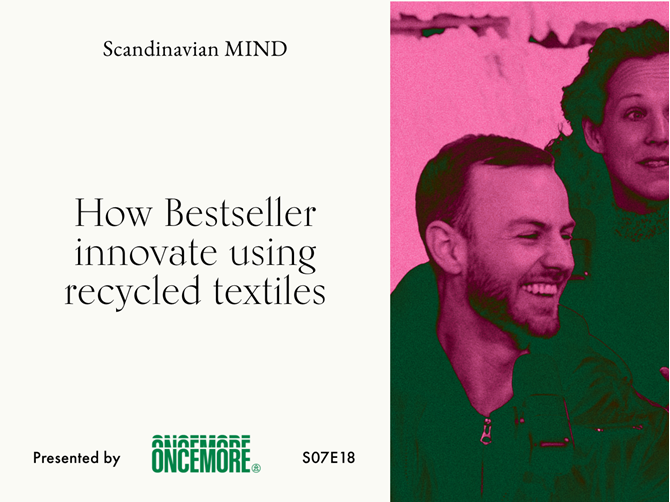
Together with Scandinavian MIND we did a podcast to highlight important areas in the industry. In the first episode you will hear BESTSELLER discuss their work with recycled materials and their thoughts on our collaboration.
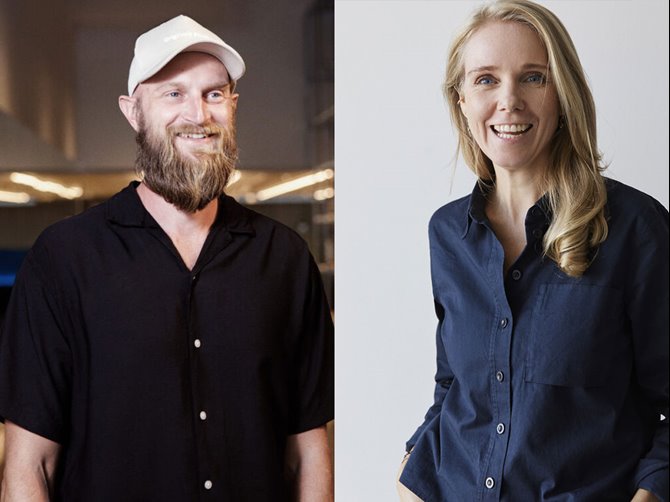
Meet Camilla Skjønning Jørgensen, Materials and Innovation Manager at BESTSELLER and Allan Jung Thorbøll, International Buying Manager at JACK & JONES.
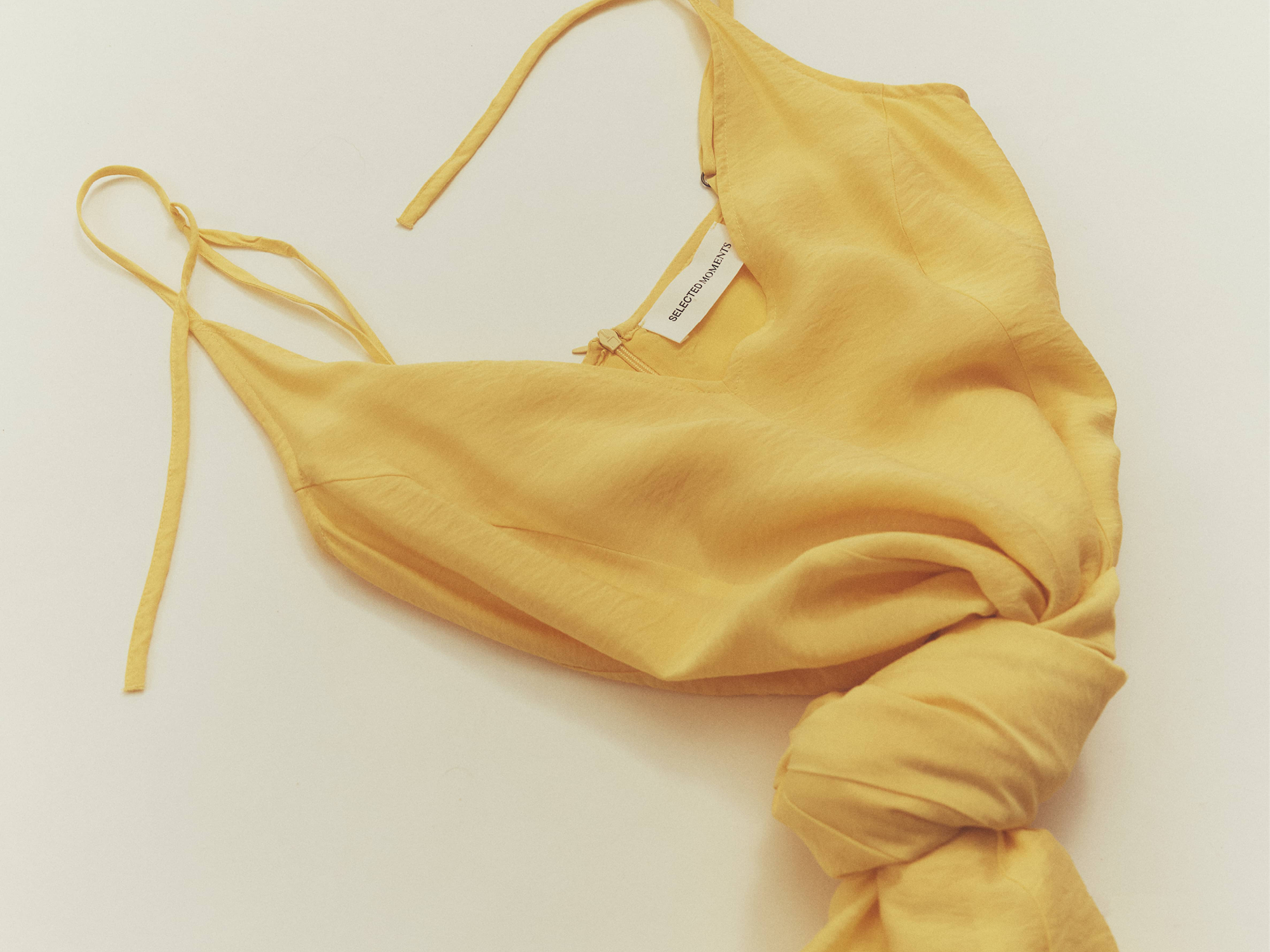
SELECTED
The SELECTED collection includes both women's and men's wear, featuring a range of knits, shirts, dresses, and tailored suits. Every piece is made with at least 50% OnceMore material.
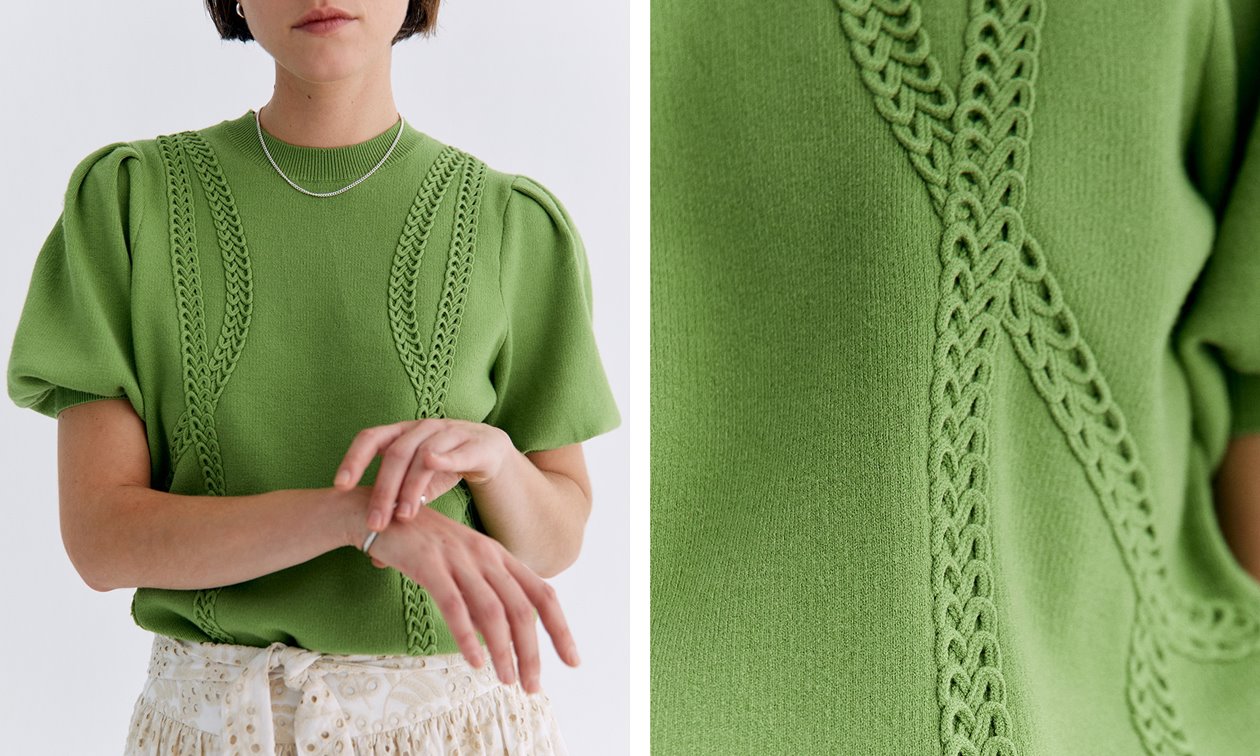
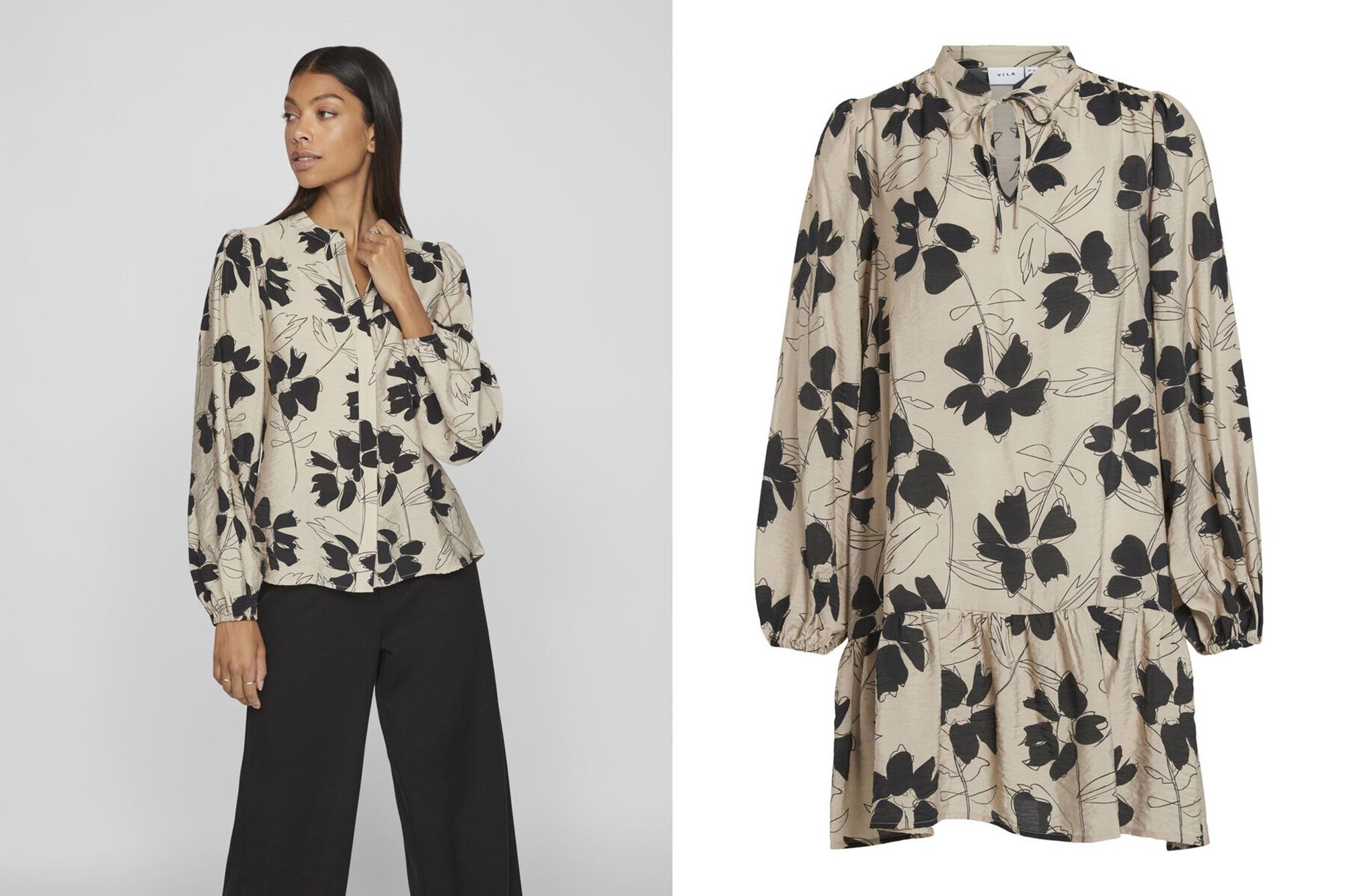
VILA
VILA has produced a few styles based on OnceMore® such as light bluses and dresses but also som knitted pieces.
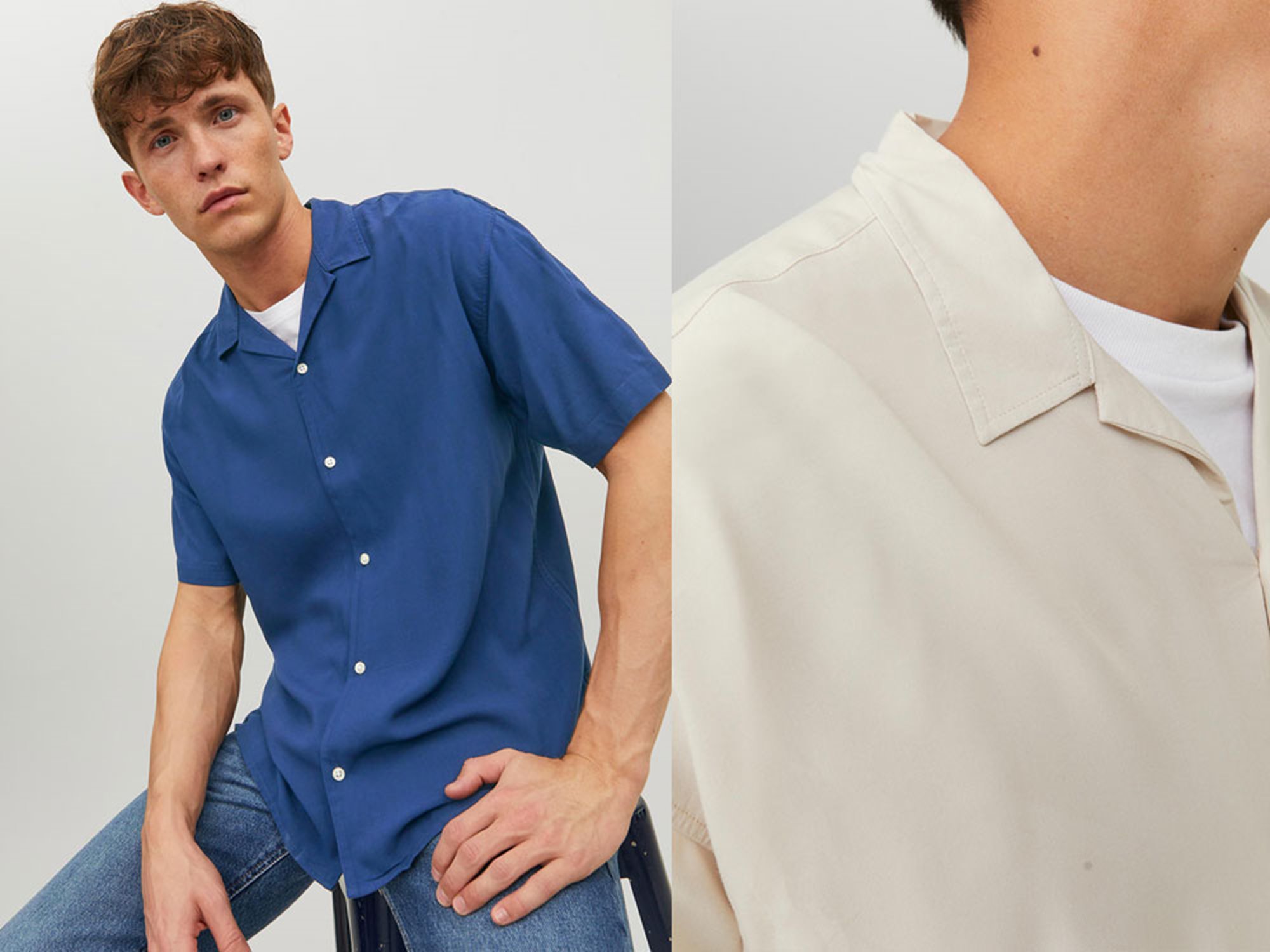
JACK&JONES
JACK&JONES was the first brand that made clothing based on OnceMore®. Our collaboration started in 2022.
Thank you BESTSELLER for the photos.
